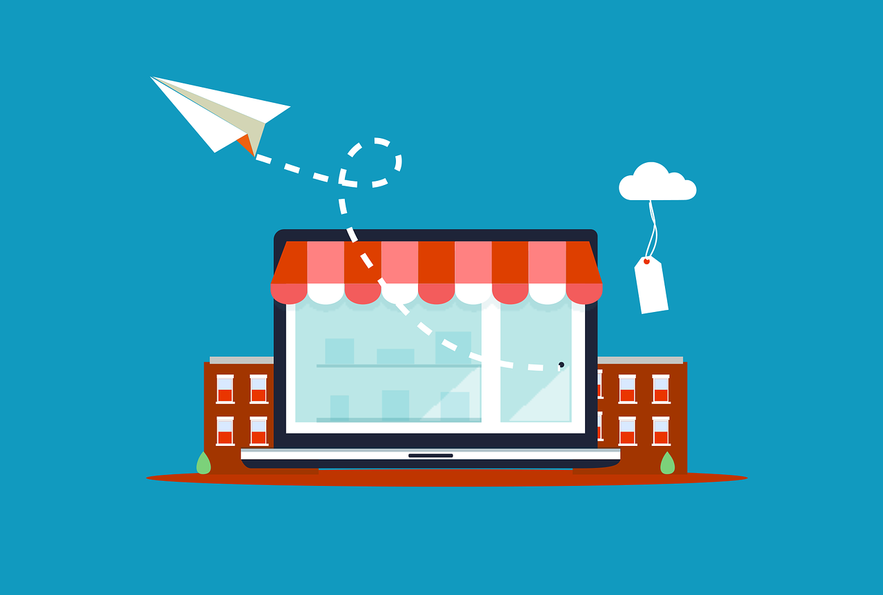Fusion shoppers: birth of new generation of consumers

Wpis dostępny jest także w języku:
![]() polski
polski
New figures from DS Smith, a supplier of sustainable packaging, show the birth of a new type of consumer – the fushion shopper, who combines shopping in several channels: in-store, online and click & collect. More than half of Poles (52%) still prefer buying in physical stores rather than online or click&collect. What’s more, for half of respondents click&collect is the least favorite way to shop, as they are deprived of the fun experience of shopping in a physical store while still having to go to the store to pick up a package.
The restrictions, associated with the COVID-19 pandemic, have caused an evolution in consumer behavior and the birth of a new type of consumer known as the fusion shopper. This observation is confirmed by DS Smith’s research, which shows that Poles on average shop six times a month in phycical stores, about four times online and three times using the click&collect service. It is also worth noting that the system of collecting deliveries in parcel machines has developed significantly in Poland – according to a recent Kantar research, 89% of shoppers choose this delivery method. As a result, the number of parcel machines is also growing, increasing in the country by 46% in 2021.
Therefore, as the research shows, less than every third Pole (32%) claims that online shopping is their preferred method, and for half of Poles click&collect is the least preferred way of shopping. At the same time, by and large, Poles still prefer to shop in physical stores, but the pandemic has reduced customers’s patience and willingness to spend time in crowded places. Specifically:
- 58% of Poles do not like being in crowded stores;
- 42% do not like standing in long lines;
- 29% are not willing to wait in line for more than 10 minutes;
- 55% find online shopping less stressful than in-store shopping.
The survey also revealed the top disadvantages of click&collect. Consumers mainly cited the inconvenience of traveling to a store to pick up an item (26%), having to wait to pick up a product (23%), and doubts about the quality of items purchased (31%).
When shopping online, customers are particularly frustrated by poor packaging, which often results in the product arriving damaged (18%), having to pay for shipping (28%), not being able to touch the item before buying (41%), and not being sure about the quality of the product (44%).







